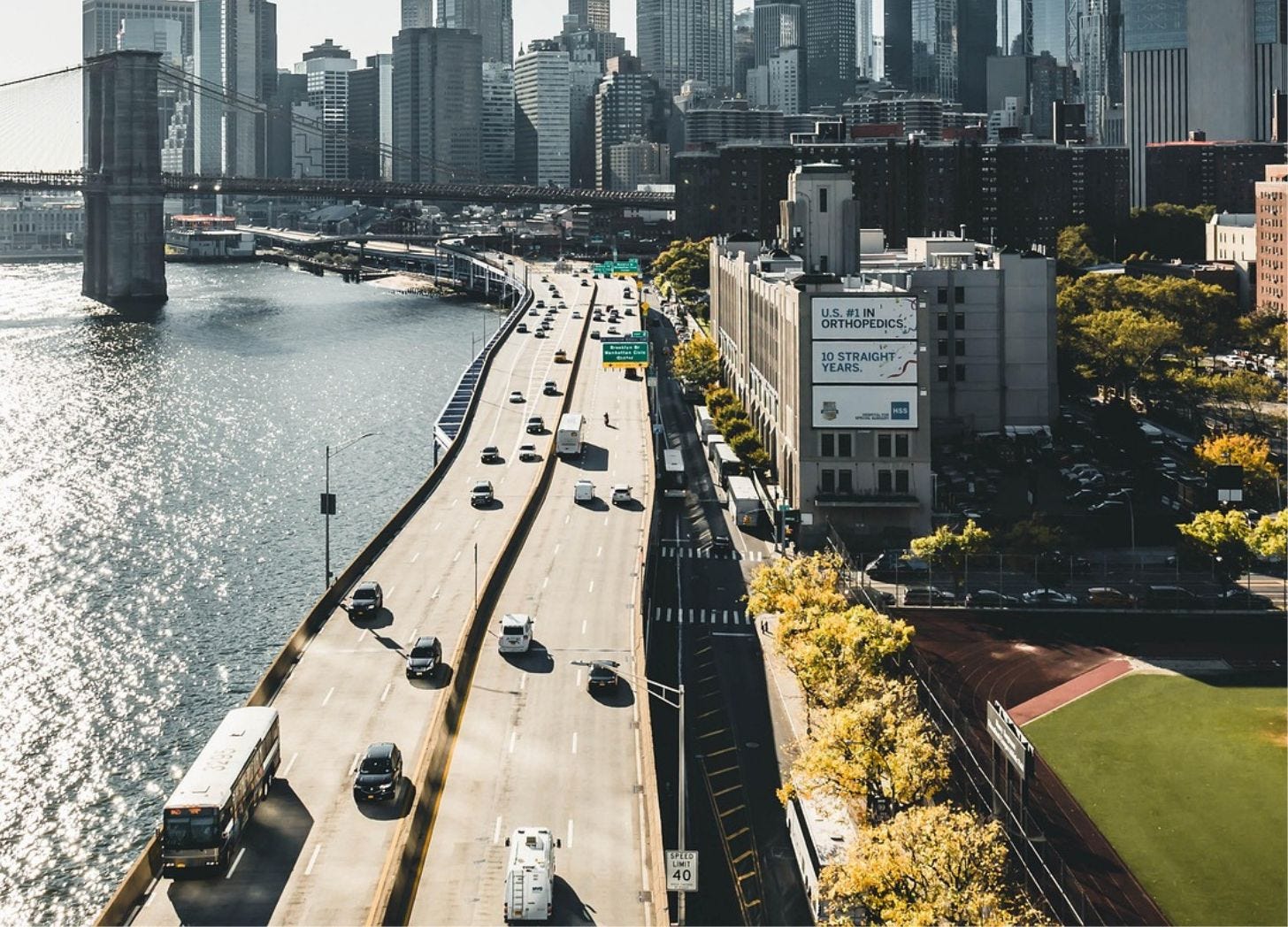Be wary of planners praising Jane Jacobs
They read her, they quote her, they ignore her.
“Jane Jacobs was right,” they say. “She exposed the arrogance and harms of mid-century city planning.”
Ask a room full of professional planners about Jane Jacobs and you’ll see approving nods in unison. It’s like if a jazz musician praises Coltrane and members of the audience who’ve never heard Coltrane but are familiar enough with the name that if pressed, would certainly say “yeah, he was the GOAT.” Both audiences are right. But here’s the problem with planners: the profession hasn’t changed much since the 1960s when Jacobs was so publicly and harshly criticizing the status quo.
Back then, planners and engineers made a mess of American cities by designing for automobile dominance, bulldozing in the name of Progress, and treating human-scale streets like obstacles to efficiency. We might never fully recover from the externalities.
Today, status quo planners use the same city building framework from decades ago, so it should be no surprise that communities across the country are still dealing with the same headaches Jacobs highlighted. In 2025, local planning regulations…
Prevent mixed-use neighborhoods. The combinations of housing, shops, and civic spaces that people love about old neighborhoods are outlawed.
Prohibit housing variety. The vast majority of residential zones only allow detached, single-unit homes, rather than legalizing different types and sizes.
Prioritize automobiles. Roads are planned and prioritized for long-distance, high-speed rush hour traffic at the expense of safe, multimodal transportation systems.
Impose “we know best” rules. Planners decide how tall buildings can be, how far they must sit from the street, how many parking spaces they must have—all based on pseudoscience or hot takes from neighbors.
Jacobs wasn’t just calling out a few bad projects all those years ago, she was calling out an entire worldview that the city is a machine of 1s and 0s to be controlled by experts, rather than a living organism populated by people.
Sixty years later, the packaging of zoning and other land use controls has softened a bit, but the old status quo control remains. The regulations that determine whether your block will thrive or stagnate come from the same playbook Jacobs exposed. And until we’re willing to dismantle that playbook, we’ll keep getting the same results: sterile streets, hollowed-out neighborhoods, and a public that sees planning as something done to them rather than for them.
If a professional planner raves about Jane Jacobs but resists regulatory reform, it’s impossible to take them seriously.



And even if they might be persuaded to nod their heads at Death and Life, they forget that one of her later books was all about cities as economic engines, powered by people and ideas being in contact with eachother, and mature ideas being farmed out to rural areas and factory towns.
Building a city as an exercise in interconnectivity leads to a very different approach than putting bad aids on decades of poor land use and road building.
NIMBYism drives everything you discuss in the article.